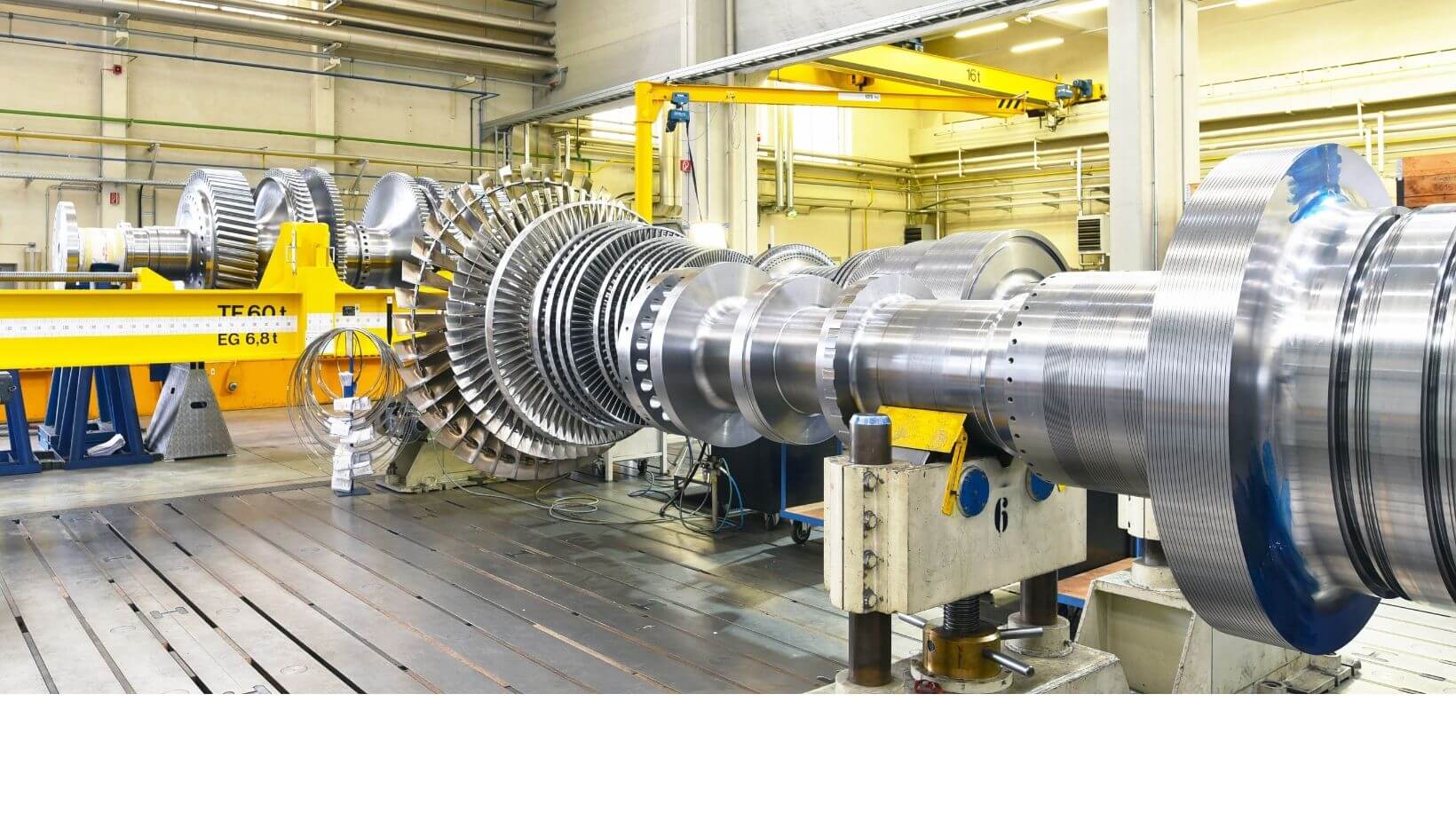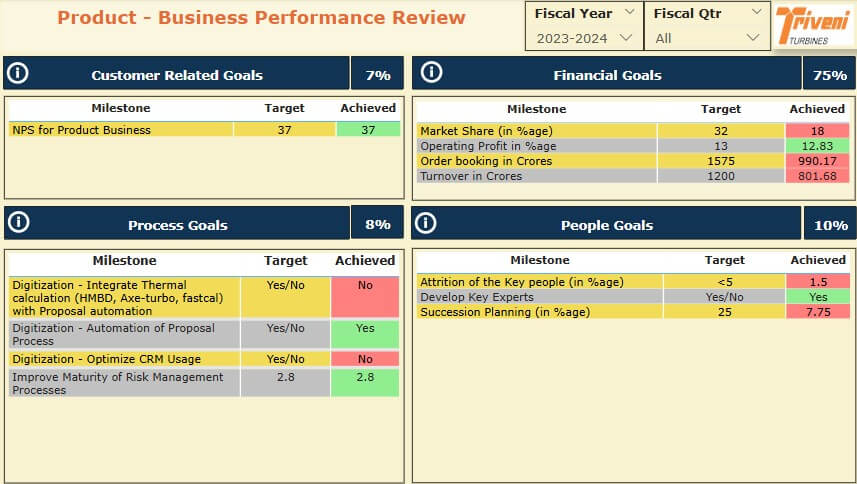
Problem Statement
Our client, a leading Indian company specializing in the design, manufacturing, and supply of steam turbines and turbo generators, sought to elevate the commitment and performance of its management team. To achieve this, the company recognized the need for a robust Long-Term Incentive (LTI) program. This initiative aimed to align talent with industry standards, optimize tax implications, promote scalability, and create a shared future among shareholders. They were eager to collaborate with an experienced partner to design and execute Employee Stock Ownership Plans (ESOP) and LTI schemes. At the same time, the client also wanted to design a leadership succession plan and identify potential successors.
Solution
Understanding Leadership and Employee Motivations
Our journey began with a thorough examination of leadership aspirations and employee motivations. This comprehensive analysis, aided by interviews, focused group discussions and surveys, allowed us to establish a solid foundation for the entire LTI program.
Objective Clarity and Value Communication
We collaborated closely with our client to define the program's objectives clearly. Simultaneously, we crafted a compelling narrative to effectively communicate the value this plan would bring to their employees, ensuring buy-in from the management team.
Design Principles and KPI Benchmarks
Key design principles were established to align with our client's unique goals. We also benchmarked Key Performance Indicators (KPIs) to ensure the program's success could be accurately measured. These KPIs, designed for the entire organization, were then deconstructed to arrive at a list of KPIs relevant for major functions and business units.
Instrument Selection and Quantum Customization
Tailoring our approach to the client's specific needs, we carefully selected the most suitable instruments, including Employee Stock Ownership Plans (ESOP) and Restricted Stock Units (RSU). The appropriate quantum for each instrument was determined, considering the company's size and growth trajectory.
Structured Framework for Key Employees
With the plan defined, we created a structured framework tailored to key employees. This involved setting up an end-to-end plan administration process to ensure smooth execution.
Leadership Succession Planning
List of leaders across key functions and business units were identified. Data around their expected years of service were mapped to determine a plan for transition.
Talent Review
With the help of feedback from function and business leaders captured via a survey and discussions, we were able to put together a list of high performers who could succeed leaders identified in the previous step. The outcome was a list of leaders with successors available from within the organization and leaders for whom potential successors would need to be hired.
Risk Identification and Mitigation
Proactively identifying potential risks, we developed mitigation strategies to safeguard the plan's successful implementation and minimize disruptions, which included legal, tax, and regulatory considerations.
Ongoing Program Evaluation
Our commitment extended beyond plan implementation. We continuously measured the program's effectiveness, sought leadership validation periodically, and made necessary course corrections to keep it aligned with the client's objectives.
Sustained Support and Review
We provided ongoing reviews and support to ensure that the plan remained effective and continued to deliver value to the client's employees. This involved adapting to changing market conditions and regulations to optimize the program.
Implementation
The program was implemented with the support of a user-friendly graphical user interface (GUI), a dedicated application for monitoring LTI performance, and visual dashboards. These tools streamlined administration and ensured transparency for participants.


Conclusion
Our approach actively engaged the leadership team in the scheme's design process, fostering their acceptance and motivation towards achieving scheme objectives. We strategically integrated the LTI program with the company's Balanced Scorecard, creating a strong connection between long-term strategic goals and daily operational actions. This alignment ensured that the LTI program became an integral part of the company's overarching strategy, reinforcing the commitment of the leadership team to its success.
The collaboration between our team and the client resulted in a well-structured Long-Term Incentive program that not only enhanced the performance and commitment of the management team but also contributed to the overall growth and sustainability of the Indian steam turbine OEM in a highly competitive market. The program continues to evolve, adapting to changing circumstances, and remains a valuable tool for retaining top talent and driving the company's success.